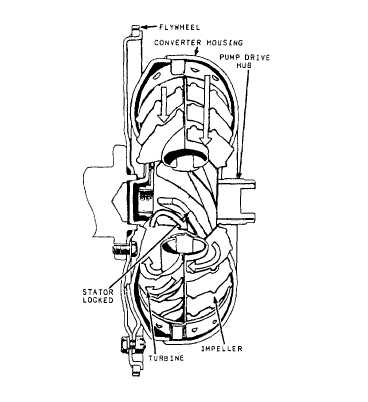
Figure 7-16. - Torque converter in fluid coupling stage.
engine torque through the converter has begun. If the counterclockwise spinning oil was allowed to continue to the section of the pump member, the oil would strike the blades of the pump in a direction that would hinder its rotation and cancel any gains obtained in torque. To prevent this, a stator assembly is added (fig, 7- 17).
The stator is located between the pump and the turbine and is mounted on a one way or roller clutch which allows it to rotate clockwise but not

Figure 7-17. - Stator assembly. counterclockwise.
The purpose of the stator is to redirect the oil returning from the turbine and change its direction of rotation back to that of the pump member. The energy of the oil is then used to assist the engine in turning the pump. This increases the force of the oil, driving the turbine, and as a result, multiplying the torque. The force of the oil flowing from the turbine to the blades of the stator tends to rotate the stator counterclockwise, but the one way roller clutch prevents this from happening.
With the engine operating at full throttle, the transmission in gear, and the vehicle standing still, the torque converter is capable of multiplying engine torque by approximately 2:1. As turbine and vehicle speed increase, the direction of the oil leaving the turbine changes (fig. 7-18). The oil flows against the rear side of the stator vanes in a clockwise direction. Since the stator is now impeding the smooth flow of oil, its roller clutch automatically releases, and the stator revolves freely on its shaft. Once the stator becomes inactive, there is no further multiplication of engine torque within the converter. At this point, the converter is merely acting as a fluid coupling as both the converter pump and the turbine are turning at the same speed or at a 1:1 ratio.

Figure 7-18. - Torque converter in torque multiplication stage.
Continue Reading